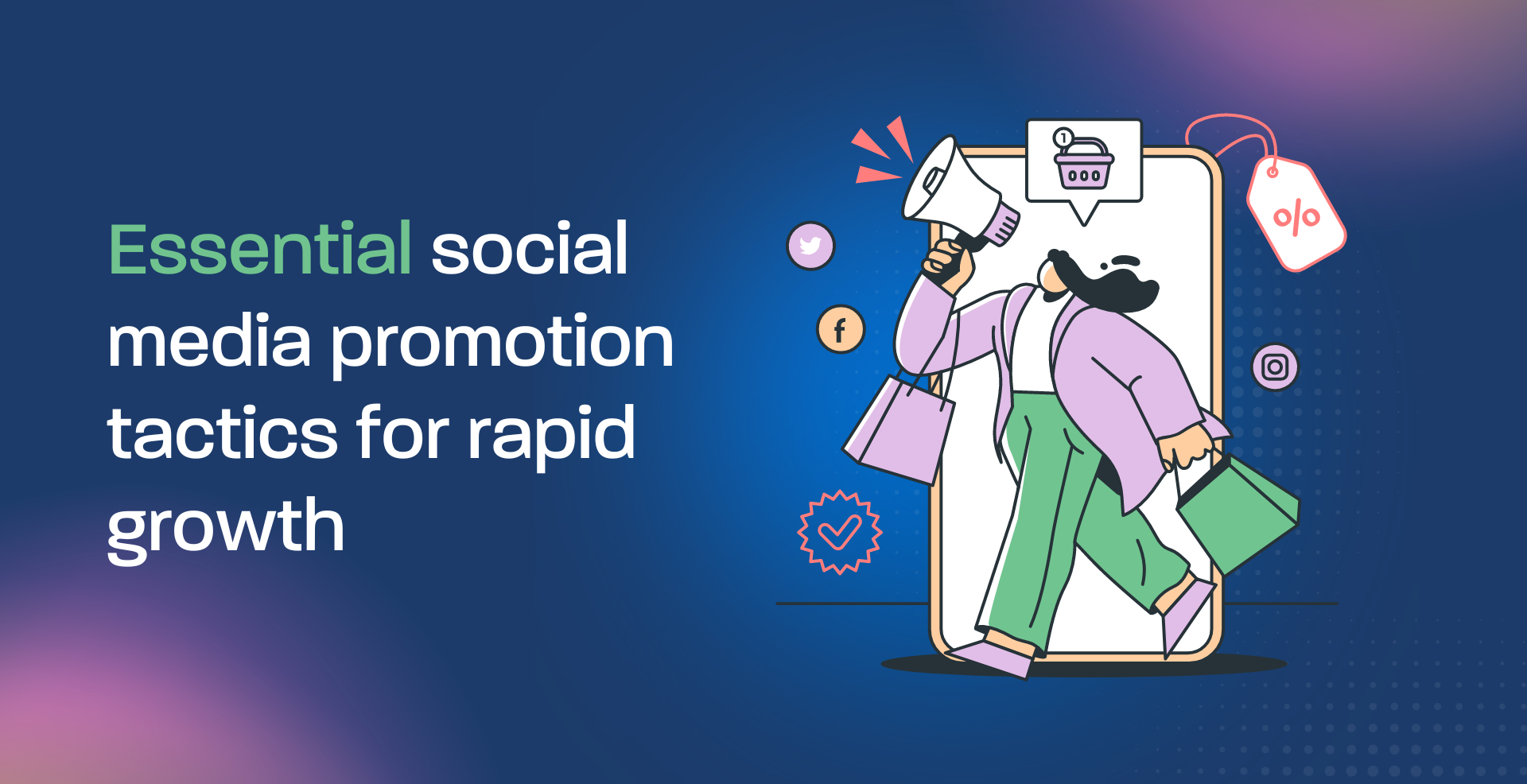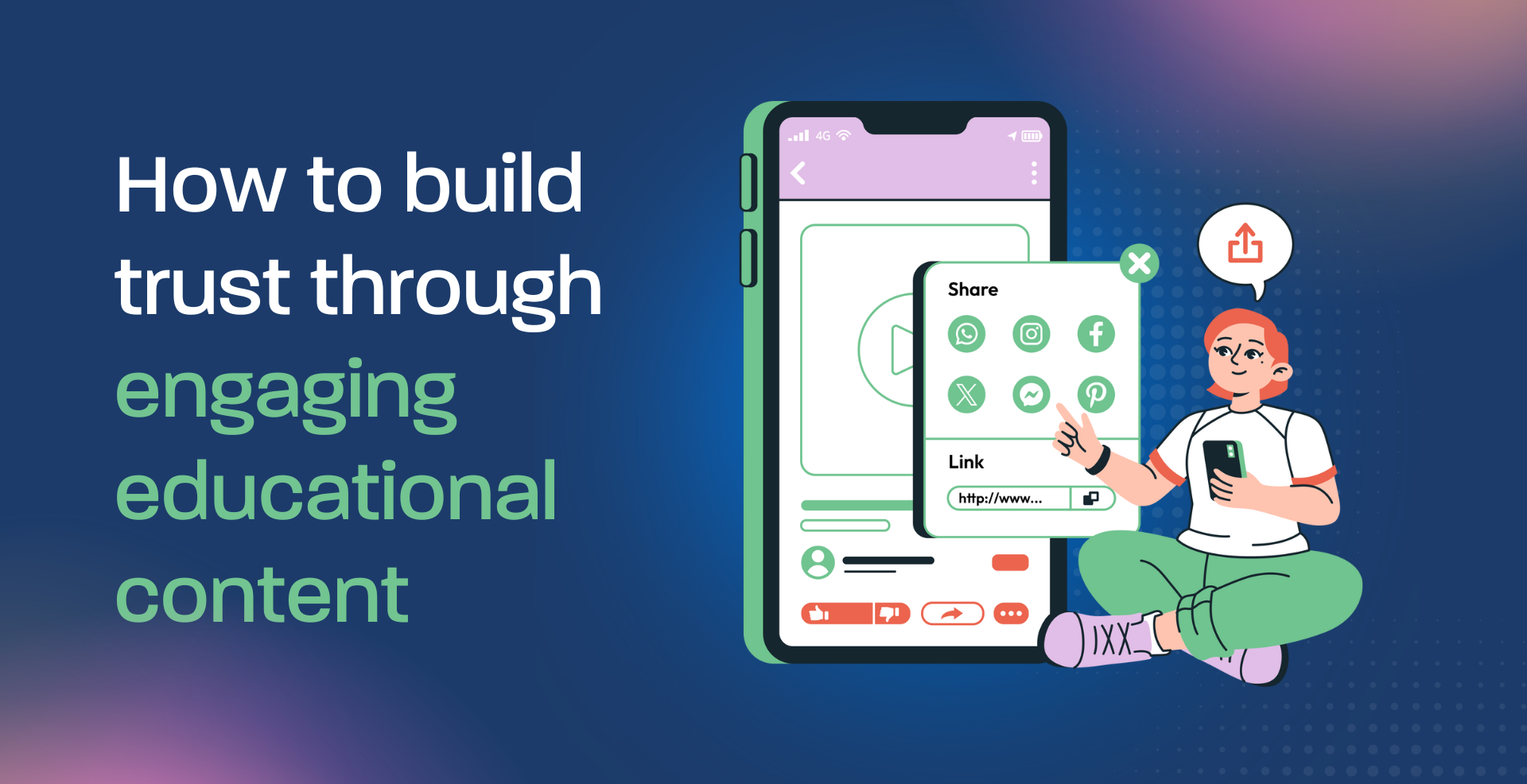Have you ever noticed how powerful a recommendation from a friend or family member can be when it comes to making a purchasing decision?
In the world of business, trust is invaluable. Customers are more likely to buy from a company they trust, and one powerful way to build that trust is through customer testimonials. In today’s digital age, potential customers are constantly bombarded with advertisements and sales pitches, making it more important than ever for businesses to stand out and prove their worth. That’s where customer testimonials come in. These endorsements from satisfied customers can be a powerful tool for boosting conversions and building trust with potential customers.
In this article, we’ll dive into how you can effectively use customer testimonials to drive sales and grow your business. First, how do customer testimonials help drive conversions?
How do customer testimonials help your conversion strategy?
In simple terms, customer testimonials offer social proof that your product or service is of high quality and value. Potential customers are more inclined to trust the real-life experiences of individuals over the words of the company. By highlighting the positive experiences of your current customers, you can establish trust with potential buyers, ultimately increasing the chances of them making a purchase and converting them to loyal customers.
Furthermore, customer testimonials can set you apart from competitors and provide a competitive advantage. Now, let’s look into six tactics to get customer testimonials, which are vital for your business if you’re aiming to boost sales and expand your customer base.
Leverage Social Proof
Social proof is a powerful psychological concept. When people see that others are using and loving your product or service, they’re more likely to trust and try it themselves. Incorporate elements of social proof into your testimonials to enhance their impact. People tend to follow the actions of others when they are uncertain about a decision for fear of missing out (FOMO).
Companies like Amazon and TripAdvisor use this tactic effectively by displaying ratings, reviews, and testimonials prominently. If a product has thousands of positive reviews, it’s hard for potential buyers to ignore. Airbnb shows potential guests how many other users have booked a property, creating a sense of trust and encouraging bookings.
This real-time feedback gives potential buyers confidence in their choices, leading to higher conversion rates.
Highlight Specific Results and metrics
What tangible value did your customers get from your product/service?
Don’t just settle for vague praise. Encourage your customers to highlight specific benefits or results they experienced from using your product or service. Specifics not only make your testimonials more convincing but also help potential customers understand the tangible benefits they can expect.
Slack, the popular communication platform, showcases testimonials that mention tangible benefits. A typical Slack testimonial might highlight how Slack increased a team’s productivity by reducing email clutter and streamlining communication.
Salesforce, a leading CRM software provider, often showcases testimonials that mention significant improvements in sales and productivity, giving potential customers a clear idea of what they can achieve.
Also, concrete numbers and statistics can make a testimonial more persuasive. For instance, HubSpot often features customer testimonials that include specific results achieved using their marketing software. Metrics like “increased website traffic by 50%,” or “doubled our conversion rate,” these specifics resonate with potential users who are looking for solutions to their specific problems.
Use Video and Influencer Testimonials
Video testimonials take authenticity to the next level, they provide authenticity and human connection, which is why they are increasingly popular. They allow potential customers to see and hear satisfied customers, making the endorsement even more powerful. Dropbox is an excellent example of a company that utilizes video testimonials effectively. Their website features videos of real customers sharing their positive experiences with the service, which adds a personal touch and reinforces trust in the brand.
Influencer marketing is also a great strategy used by companies like Nike. By having well-known figures endorse their products, they tap into the influencer’s existing credibility and fanbase. These testimonials carry a significant impact, as people often trust the recommendations of those they admire.
Keep it Authentic
Authenticity is crucial when using customer testimonials. While it’s tempting to edit and sanitize testimonials to make them sound perfect, it’s essential to maintain their authenticity. People are naturally skeptical of overly polished testimonials, and any hint of insincerity can backfire.
Patagonia, the outdoor clothing company, is known for its authentic approach to testimonials. They feature customer photos and stories on their website, even if they don’t portray their products in a perfect light. This honesty and transparency resonate with their environmentally conscious customer base, building a stronger brand connection.
Respond and Engage
Engaging with customers who provide testimonials can enhance their impact. Companies like Zappos take the extra step by responding to reviews and testimonials. When customers see a company actively engaging with feedback, it demonstrates a commitment to customer satisfaction and builds trust.
Feature Before-and-After Stories
Before-and-after stories, like those used by fitness brands such as Peloton, are potent testimonials. They show customers the transformation or improvement they can expect by using a product or service. These stories create a powerful mental image of success, motivating potential buyers to take action.
Now that you know these powerful tactics, let’s see how they come together to create a compelling customer testimonial strategy that can boost conversion.
Imagine you run a fitness app, and you want to boost your user base. You could start by featuring before-and-after stories of individuals who have transformed their lives using your app. Showcasing their weight loss journey, along with specific metrics like “lost 30 pounds in 90 days,” provides clear evidence of your app’s effectiveness.
To add an emotional touch, you might consider creating video testimonials with these individuals sharing their stories and the challenges they overcame. Their genuine enthusiasm for your app will resonate with potential users.
Additionally, display the number of users who have achieved their fitness goals through your app as social proof. Respond to user reviews and engage with them on social media platforms to build a sense of community and trust around your brand.
Finally, consider collaborating with fitness influencers to provide their endorsement of your app. Their existing credibility in the fitness space can help you reach a broader audience.
In conclusion, customer testimonials are a potent tool in building trust and credibility for your brand. By incorporating these six tactics, you can harness their power to connect with your audience on a deeper level and drive business growth.






